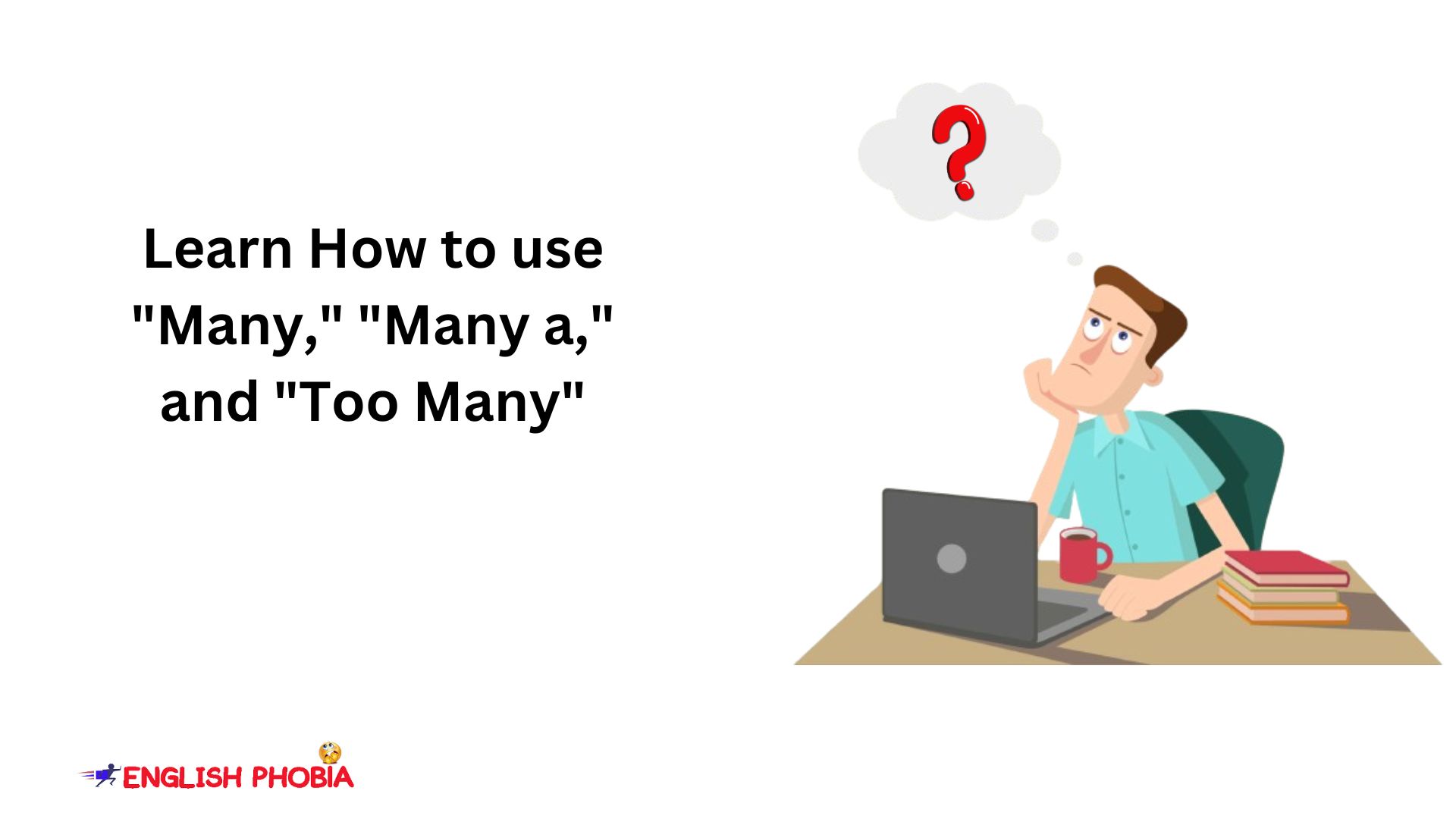Are you also confused with the simple past vs present perfect tenses? You mostly use them incorrectly. Do not worry! In this article, you will learn the differences and usages of both tenses with examples.
Role of Verbs in Tenses
Verbs play an important role in the structure of sentences. They help us to explain actions and events. We use work with different periods of time. It helps us to differentiate between past and present. The most confusing tenses in English grammar are the present perfect and past indefinite tense. While both describe actions in the past, they serve different purposes.
Present Perfect Tense:
We use the Present Perfect Tense to connect the past and present. It describes actions that happened at an indefinite time in the past but are crucial to the present. We form this tense with the auxiliary verb “have and has” and V3 the past participle of the main verb.
Affirmative Sentence
1) Subject + have/has + past participle of the main verb.
For example,
She has traveled to many countries.
Negative Sentence
1) Subject + have/has + not + past participle of the main verb.
For example,
Aryan has not finished his article yet.
Interrogative Sentence
1) Have/Has + subject + past participle of the main verb?
For example,
Have you seen that movie?
For example,
“Neha has visited Paris five times before.” (The action of visiting Paris is important to the present.)
Key Points about Present Perfect Tense:
1) It emphasizes the result or consequence of the action.
2) Time expressions like “recently,” “lately,” and “already” are often used with this tense.
3) We can use it with both specific and non-specific time frames.
Past Simple Tense:
People also know the Past Simple Tense as the Past Indefinite Tense. We use it to describe actions that happened at a specific time in the past. We form it by adding the past tense marker “-ed” to regular verbs. We also use the irregular form for irregular verbs.
For example,
She visited Paris last summer. (The action occurred at a specific time in the past.)
Affirmative Sentence
1) Subject + past tense of the main verb.
For example,
She visited Paris last summer.
Negative Sentence
1) Subject + did not + base form of the main verb.
For example,
They did not enjoy the movie.
Interrogative Sentence
1) Did + subject + base form of the main verb?
For example,
Did you read the book?
Key Points about Past Indefinite Tense:
1) It focuses on the action itself, rather than its relevance to the present.
2) Time expressions like “yesterday,” “last week,” and “in 2005” are commonly used with this tense.
3) We use it for actions completed in the past.
Distinguishing Between the Two:
Let’s look at the simple past and present perfect examples with differences.
1) Relevance to the Present:
Present Perfect: Emphasizes the connection between past actions and the present moment.
Past Indefinite: Focuses solely on actions that occurred in the past, without considering their impact on the present.
2) Time Frame:
Present Perfect: We can use it with both specific and non-specific time frames.
Past Indefinite: We use it for actions with a specific time reference in the past.
3) Verb Form:
Present Perfect: We form this tense “have/has” + V3 (past participle of the main verb).
Past Indefinite: Formed by adding “-ed” to regular verbs or using irregular past tense forms.
Conclusion:
Understanding the simple past vs present perfect tenses is important. It helps us for accurate and effective communication in English. We should always remember that the choice of tenses depends on the context. It also includes the intended meaning of your sentence. By mastering these tenses, you will use them correctly.











